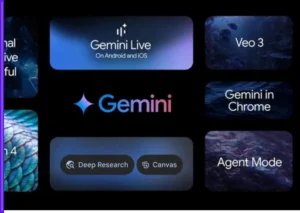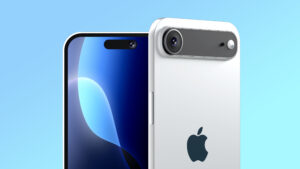Google has officially pulled the curtain back on Material 3 Expressive, the next major leap in its Material Design evolution. Revealed during the Android Show virtual event on May 13, 2025, this update lays the groundwork for Android 16, slated for release later this year. Building upon the “Material You” concept introduced with Android 12, Material 3 Expressive takes visual customisation to new heights—infusing Android with more personalisation, vibrancy, and emotional resonance.
At the heart of the update is dynamic colour extraction. Your device now samples dominant hues from your lock-screen wallpaper and weaves them across the system UI and apps. This creates a uniquely tailored aesthetic for each user. According to Google’s design team, this deeper level of personalisation helps strengthen the emotional connection between users and their devices.
Typography gets a significant revamp as well. Material 3 Expressive introduces five core type styles—Display, Headline, Title, Body, and Label—each designed to adapt fluidly across screen sizes and content contexts. Developers now have greater freedom to shape the feel of their apps, thanks to a range of corner styles—from sharp rectangles to soft, circular elements. Friendly interfaces can lean into rounder forms, while more professional designs may favour squared edges.
Many core Android components have also been visually refined. Navigation bars now sit higher with cleaner lines, having ditched their traditional drop shadows. Floating action buttons come in a variety of sizes and sport boxier silhouettes. Cards are available in new variants—elevated, filled, and outlined—offering more flexibility in structuring content. Dialogues have been enhanced with increased padding and bolder text for better readability.
A notable functional upgrade comes in the form of improved Live Updates, Android’s response to Apple’s Live Activities. These updates now allow apps—like food delivery services or navigation platforms—to pin real-time information to the lock screen, always-on display, and notification shade. Enhanced with custom icons and interactive milestones, they ensure users stay informed without needing to open apps.
To attract younger audiences, Google has introduced a more expressive and vibrant visual language. Expect bold purples, energetic pinks, and electric blues, combined with abstract shapes and springy animations. This Gen Z-friendly glow-up narrows the long-standing aesthetic gap between Android and iOS, making Android look as fresh as it feels.
To ease adoption for developers, Google has updated its entire toolkit. The Material Theme Builder plugin for Android Studio has been upgraded, Figma design kits now reflect the new design system, and migration resources like codelabs and guides are available on the Android Developers site. These updates aim to make switching to Material 3 Expressive seamless and efficient.
Material 3 Expressive will first appear in the Android 16 Beta, set to land on Pixel devices in June 2025, with a broader rollout to other manufacturers later in the year. Wear OS 6 will also receive these updates, ensuring a unified look across phones and smartwatches.
While largely visual, Material 3 Expressive isn’t just a pretty face. Its personalised, expressive design enhances usability, boosts task completion, and aligns better with the diverse form factors Android now supports—from foldables to automotive displays. It marks a bold new chapter in Android’s ongoing mission to blend function with feeling.







